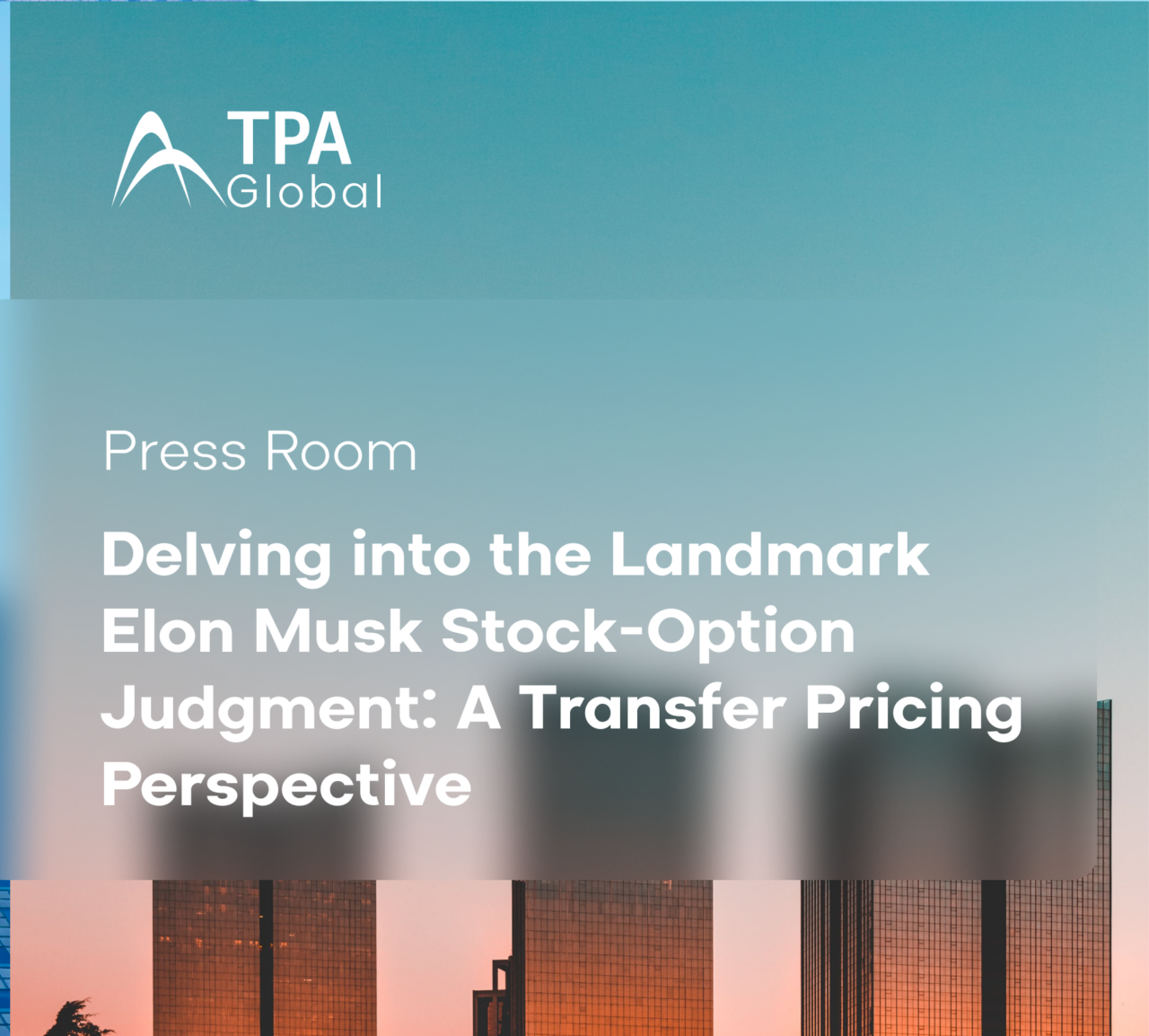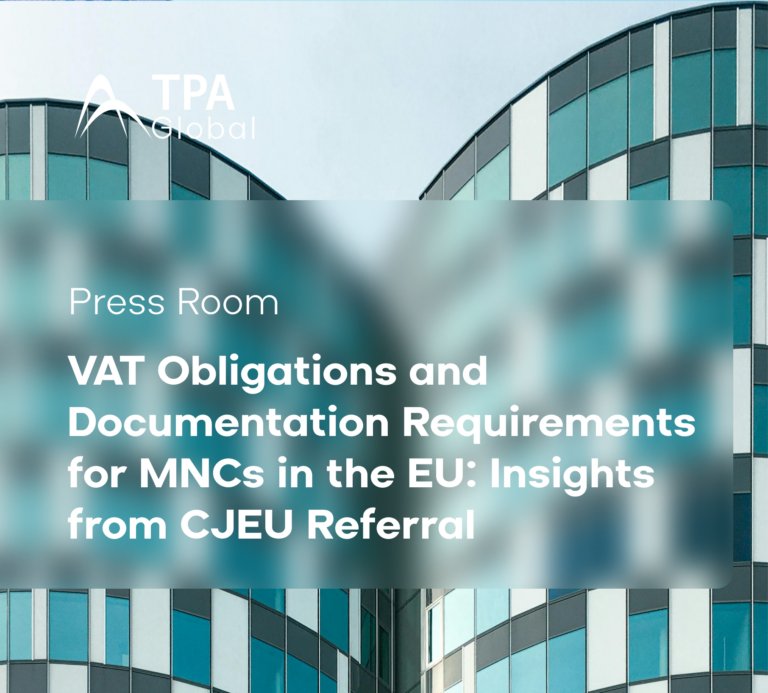In a watershed moment for Delaware jurisprudence, Chancellor Kathaleen McCormick of the Delaware Court of Chancery delivered a verdict with far-reaching implications, particularly for transfer pricing considerations, in a derivative lawsuit challenging the substantial compensation package awarded to Tesla CEO Elon Musk. This intricate legal saga, spanning 200 pages and five days of trial, provides invaluable insights into the intersection of executive compensation and transfer pricing dynamics.
At the heart of the controversy lies the contention that Tesla’s directors, in awarding Musk performance-based stock options in January 2018, breached their fiduciary duties. The staggering potential value of $55.8 billion, juxtaposed with the grant’s fair value of $2.6 billion, raised eyebrows and legal questions alike.
Of particular significance to transfer pricing professionals is the determination by Chancellor McCormick that Musk’s controlling stockholder status necessitated scrutiny under the rigorous “entire fairness” standard of review. This standard, reminiscent of the arm’s length principle in transfer pricing, demands that transactions be conducted on terms that would prevail in an open market setting.
The Court’s finding that the stockholder vote approving Musk’s grant was not fully informed underscores the importance of transparency and disclosure in transfer pricing documentation. Inaccuracies and omissions in the proxy statement regarding director independence and the approval process mirror the pitfalls of insufficient documentation in transfer pricing compliance.
Furthermore, the Court’s examination of the necessity and rationale behind the grant resonates with transfer pricing principles of comparability and economic substance. Questions regarding the alignment of Musk’s compensation with Tesla’s objectives and the absence of a traditional benchmarking analysis parallel the challenges of establishing arm’s length pricing in related-party transactions.
Chancellor McCormick’s decision serves as a stark reminder of the heightened scrutiny faced by boards and compensation committees in the realm of transfer pricing. The imperative to document processes, articulate clear rationales, and ensure alignment between executive awards and company objectives echoes the core tenets of transfer pricing compliance and governance.
In conclusion, the Elon Musk stock-option saga offers transfer pricing professionals a compelling case study, illuminating the intricate interplay between executive compensation and transfer pricing dynamics. As regulatory landscapes evolve and scrutiny intensifies, a nuanced understanding of both legal frameworks and transfer pricing principles is paramount for navigating the complexities of related-party transactions and compensation decisions.
To keep updated on news, visit our Global News Page.
Don’t miss our most recent updates and articles; follow us on LinkedIn.



